
November 20th, 2020
skyscraper 2020featuredpresentations
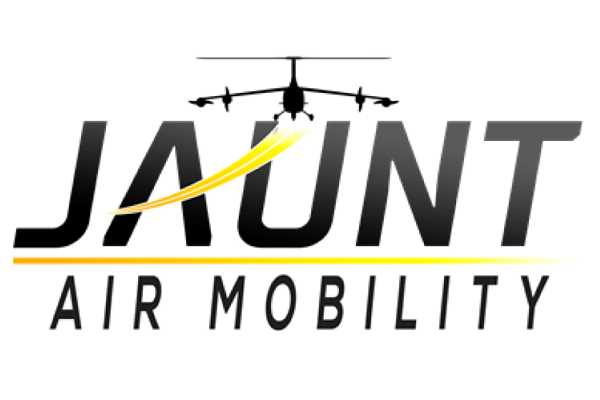
The Jaunt Journey



Martin Peryea, Chief Executive Officer - Jaunt Air Mobility
Simon Briceno, Chief Commercial Officer - Jaunt Air Mobility
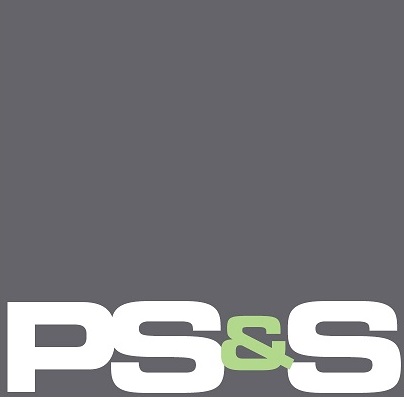
Vertiports: The Creation of a New Concept

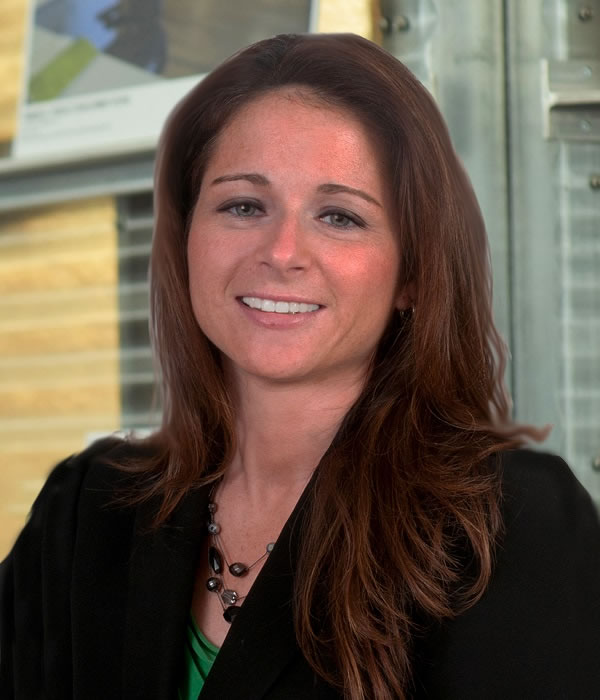


Charles A. Clauser, AIA, Senior Director of Architecture; Lead, UAM Task Force - PS&S
Jennifer Ganley, LEED AP O+M, Senior Project Manager UAM Task Force - PS&S
H. Ted Osborne, AIA, Senior Director A&E Division; Director UAM Task Force - PS&S
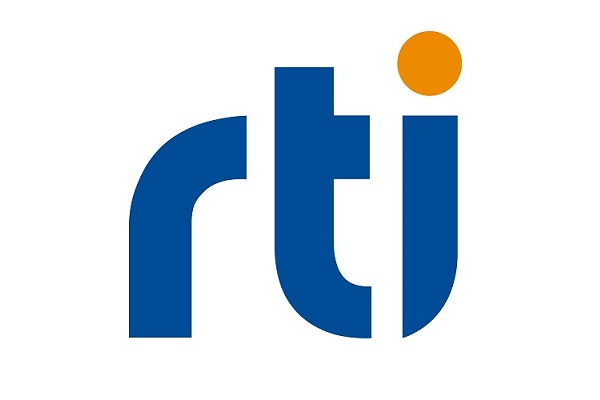
Complex Data Systems in Urban Air Mobility


Chip Downing, Senior Market Development Director, Aerospace & Defense - Real-Time Innovations RTI
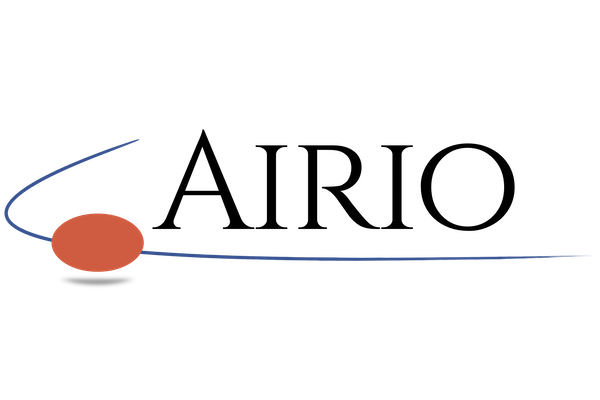
Flight Path Management
Precision Flight, User Acceptance and Scalability


David Russell, Chief Technical Officer - Airio
Greg Dyer: Excellent beginning framework! What happens when vehicle falls out of tolerance per the conformance monitoring? How does that layer re-establish a new trajectory? What happens when the destination is unavailable when it was planned to be available?
David Russell: Greg: Excellent beginning question! There are a number of options depending on the circumstance. Let’s consider for a moment the potential causes of this case. Remember the purpose of the Avoidance Limit (AL) is to provide the area within which the vehicle can maneuver to compensate for a high wind gust, a Detect and Avoid event, icing, etc. with the knowledge that it will not impact any other known flight paths. At the point where the vehicle is about to violate the AL it means something has occurred which has rendered the vehicle incapable of completing the flight path as designed. The vehicle may or may not know why, so for safety we recommend a strategic flight path termination strategy. In the worst case scenario even the autopilot and navigation systems must be considered suspect. A backup autopilot would be invoked by the violation and begin ascertaining what it might have to work with. It would declare an emergency, letting everyone with V2V/ V2C communication know it was maneuvering, location, error codes, etc. The first maneuver would be to ascertain if it could maintain altitude or at least mitigate its rate of descent. If yes, then it might change altitude to a flight level reserved for DAA flights or emergencies, for example, to get it out of the most congested flight areas. If not, then the next maneuver ascertains whether it has any control horizontally. If so, it might then maneuver towards pre-planned emergency landing zones provided by the autorouter in the original trajectory information. It might also deploy a parachute if the rate of descent is too high. If it has no control, then the objective of the safety system is to mitigate impact to any persons or property it may encounter, deploying airbags (these are to protect the people, not the vehicle, plus internal if there are people in the vehicle as well). In other situations the vehicle might simply move to a safe altitude and request another flight path, or proceed to a DAA operation level and complete the path on its own. It is possible to load multiple flight paths on a vehicle with alternatives, allowing a hybrid approach. One advantage of these approaches is that the vehicle requires no or minimal communications to complete its mission, but it can certainly make use of any communications systems that are available. The mission profile would determine the extent to which these systems would be utilized.
The second part of your question relates to the 4-Dimensional nature of the Avoidance Limit. While we often refer to it as a virtual sphere that surrounds the vehicle, the length of time associated with the AL is also a variable. At one extreme, the AL is constant over time, creating a permanent corridor. At the other extreme the AL’s persistence is 0, so it’s a sphere allowing maximum use of the airspace. In between, if there is uncertainty as to exactly when the vehicle might be ready for launch or landing, this can be set in the time parameter so that the vehicle may be able to take off within a given time window, loiter until a situation clears ahead of it, or wait for landing approval from the destination system again without infringing on the flight paths of any other vehicle. This works for both eVTOL craft and winged craft or those which may transition. For a winged vehicle, for example, a traffic pattern to circle the landing zone can be provided as part of the trajectory.
Multi-dimensional trajectories are highly flexible. The number of dimensions is virtually unlimited. While time obviously increases the dimensionality to what we think of as 4, other dimensions such as the yaw of the vehicle and attitude as a separate control trajectory over time, operating camera gimbals, camera frame rates, turning on and off various instruments can all be handled by the trajectory system. The autorouter variables are set up by the mission plan and vehicle type, local weather, etc., such that it can turn out the best path from A to B or coordinate multiple vehicles into grid search patterns, or patterns which follow GIS land contours or forestry patterns. All in the same tool.
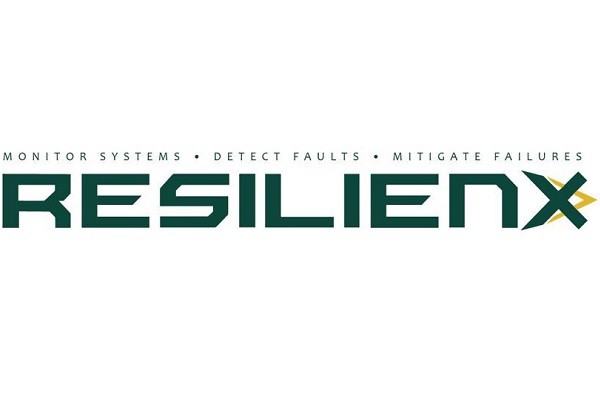
System of Systems Contingency Management


Andrew Carter, Co-Founder, President and Chief Technical Officer - Resilienx
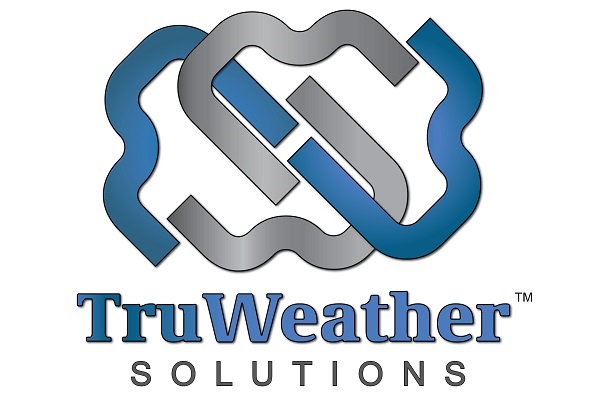
Weather Data Analytics for Urban Air Mobility
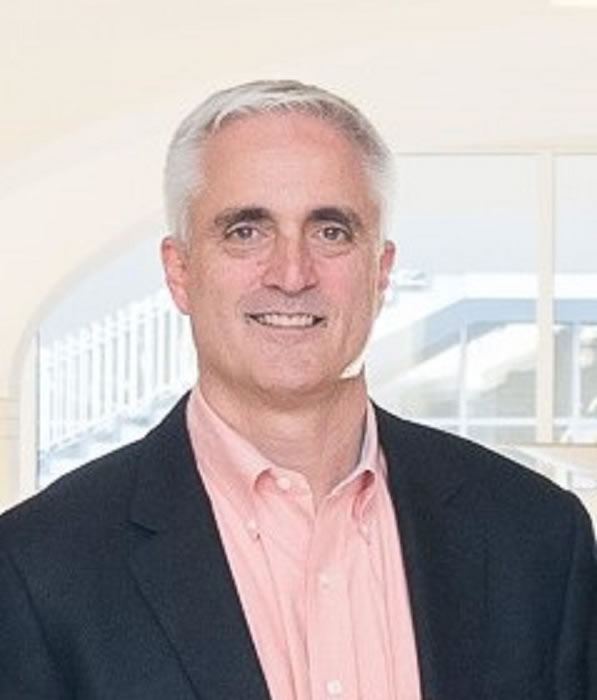

Don Berchoff, CEO - TruWeather Solutions
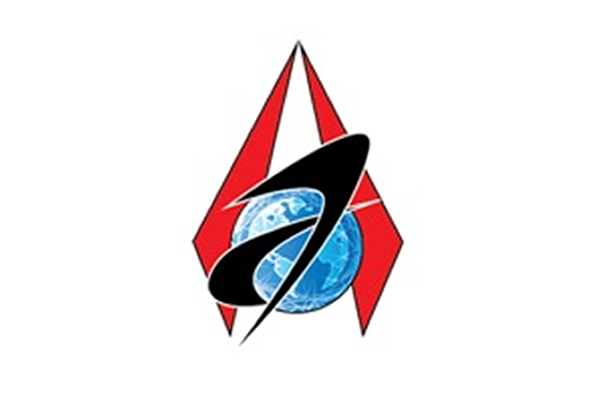
A Perspective on Change of the Human Experience
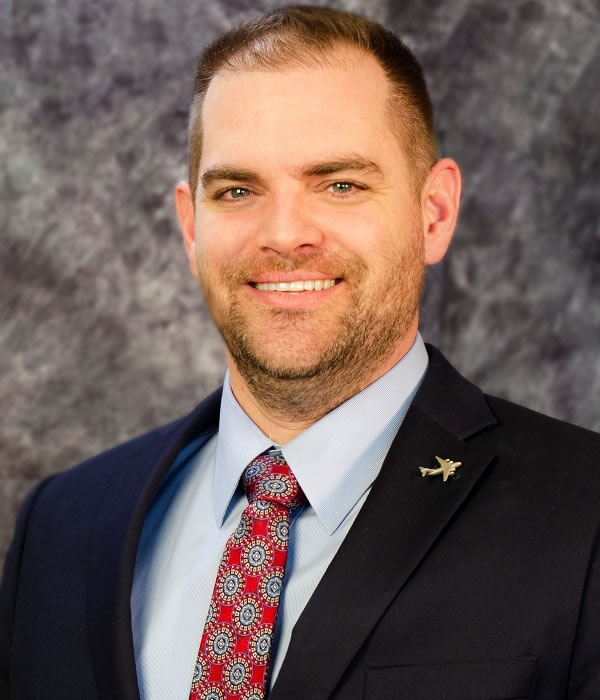

Jared Esselman C.M., Principal - Aerial Transportation Solutions
Sections:
Skyscraper 2020 Home
Watch all opening speeches, access content about Colombia and sign the Visitors Guest Book.
Presentations
UAM Companies and Experts present current developments and address the status and future of our industry.
Introduction Speeches
Listen to a word on current status from renowned Urban Air Mobility Experts and Stakeholders.
Interviews
Varon Vehicles ecosystem participants are interviewed by specialized media journalists.
Featured Presentations
Watch Skyscraper 2020 special content from collaborative developments with Varon Vehicles.
Think Tanks 2020
Watch all 2020 Varon Vehicles Think Tanks where diverse topics are discussed with UAM experts.
VISITORS PARTICIPATION. By submitting your comments and questions through the dedicated messages options in Skyscraper 2020, you consent for Varon Vehicles Corporation to publicly publish and release your questions or comments alongside with your full name for proper identification and engagement, to share them with corresponding participants and to publish and release corresponding answers and comments on the Skyscraper 2020 website and any other media channel managed by Varon Vehicles Corporation. Varon Vehicles Corporation may choose, at its sole discretion, not to publish questions or comments that are not found to be at all relevant to the topics being discussed or if their nature exhibits to be inappropriate, discourteous or rude. By submitting your comments and questions through the dedicated messages options in Skyscraper 2020, you provide Varon Vehicles Corporation with your contact information and are registering to Varon Vehicles virtual events, you consent that Varon Vehicles Corporation may process your personal data to host future related sessions such as Think Tanks and to send you information material like surveys, studies, content updates and event invitations on these and similarly relevant topics by email. You can withdraw your consent at any time by contacting us. The withdrawal of consent does not affect the lawfulness of processing based on consent prior to the withdrawal. Varon Vehicles Corporation uses the personal information that you provide upon registration to identify you as a visitor of Skyscraper 2020 and to send marketing material and invitations for related sessions and events. Here you can read the complete Participation and Privacy Policies.
DISCLAIMERS. All presentations and material exhibited and performed by participants in Skyscraper 2020 are full responsibility of the participants. Varon Vehicles Corporation makes no warranty or representation whatsoever regarding the accuracy or completeness of the information provided by participants. Varon Vehicles Corporation does not necessarily endorse any claim, content, idea, or material made or presented by participants, nor declare any commitment to participants by virtue of their participation in Skyscraper 2020. All material presented is of participants’ initiative and based on their experience and knowledge, are deemed to be accurate and appropriate, but accuracy is not necessarily guaranteed by Varon Vehicles Corporation or necessarily based on studies made by Varon Vehicles Corporation or verified by Varon Vehicles Corporation. Varon Vehicles Corporation does not monitor or have control over the information that participants share or how such information is used by other participants and the public. The information provided does not replace or serve as a substitute for any investment, legal, tax or other professional advice, consultation, or service.
The Skyscraper 2020 Virtual Summit and 2020 Think Tanks have been organized by Varon Vehicles Corporation to encourage interdisciplinary conversation, the sharing of information, industry innovation, and ease of collaboration. Varon Vehicles Corporation is providing these events at no charge to Participants and Visitors.
Skyscraper 2020 is a production of Varon Vehicles Corporation. All rights reserved.



